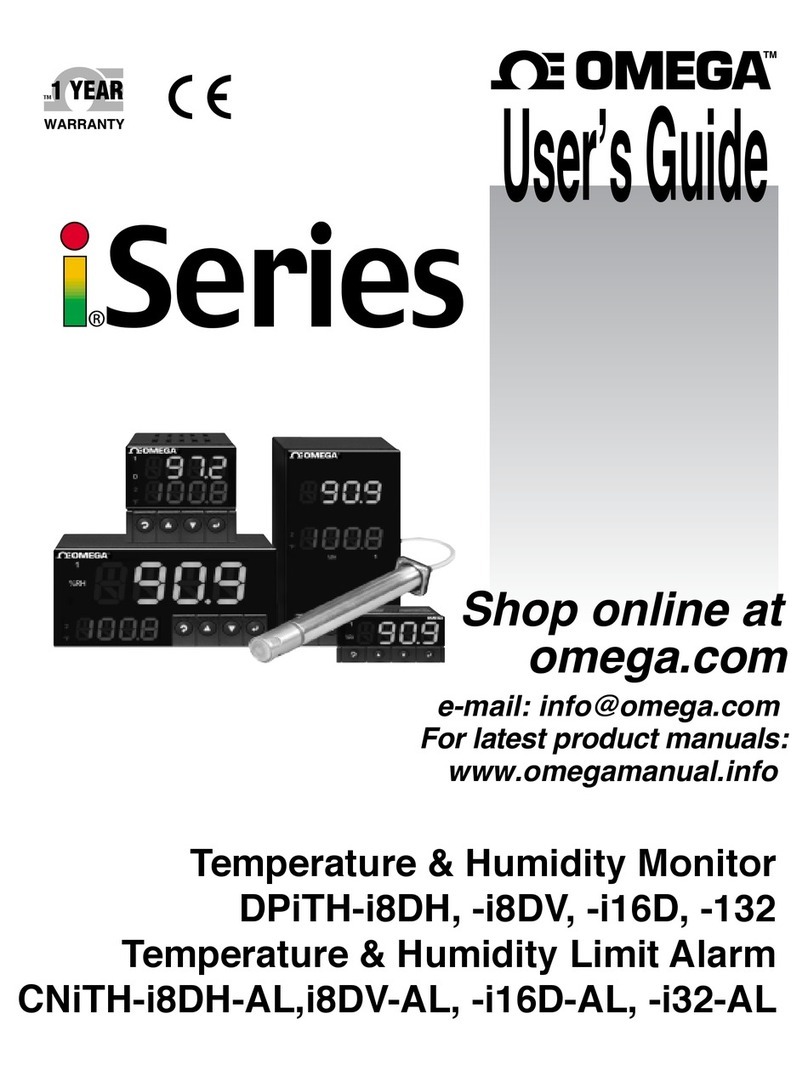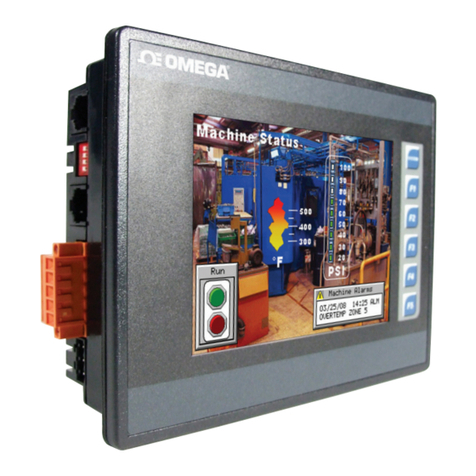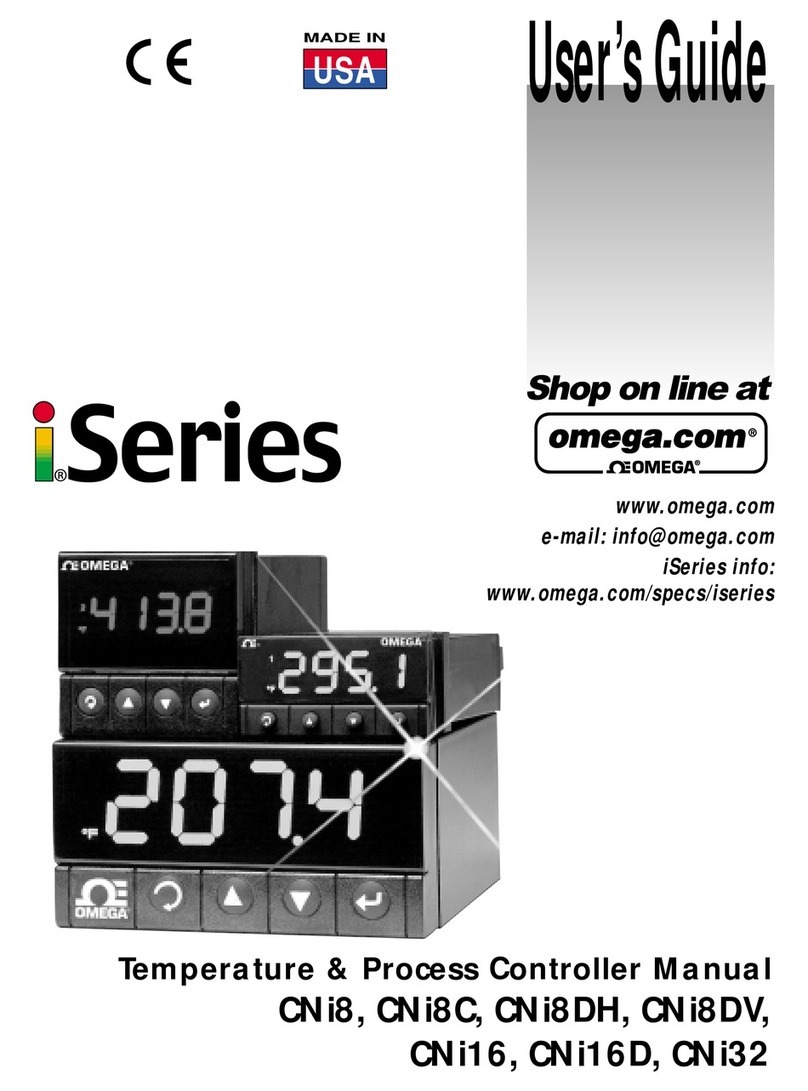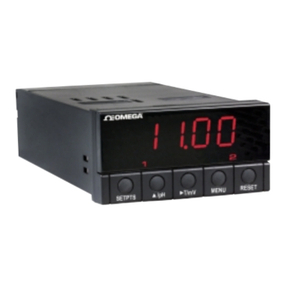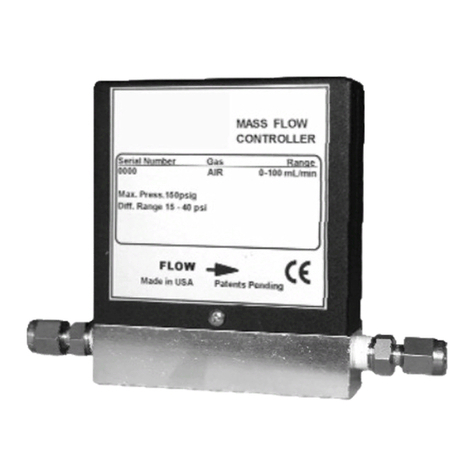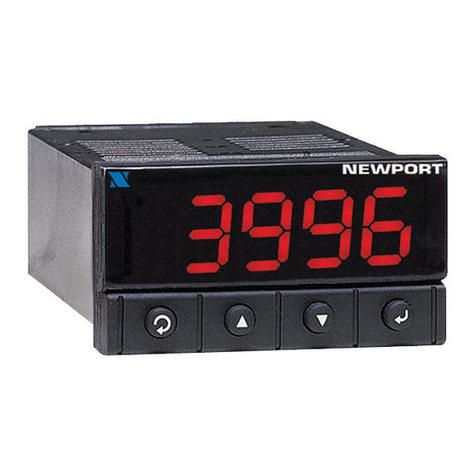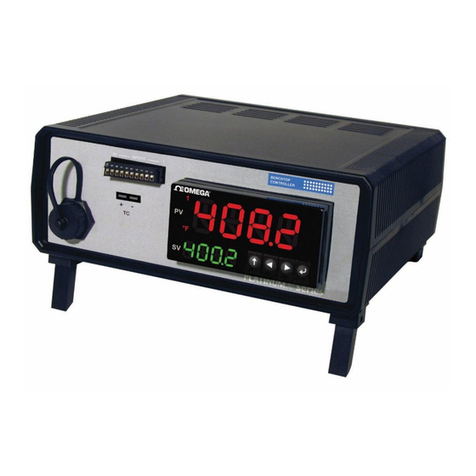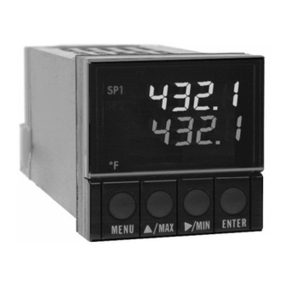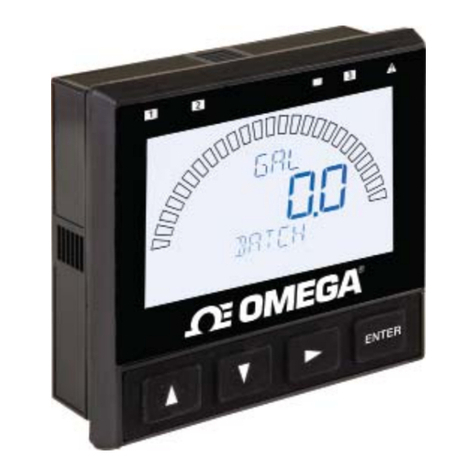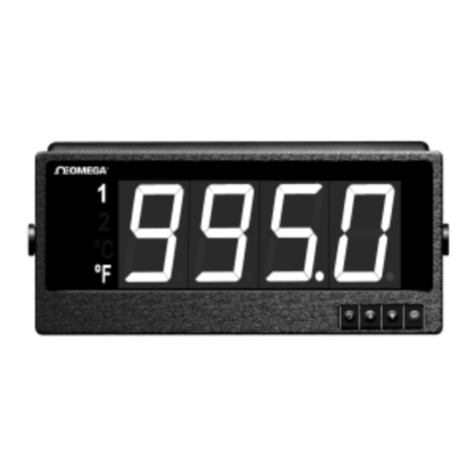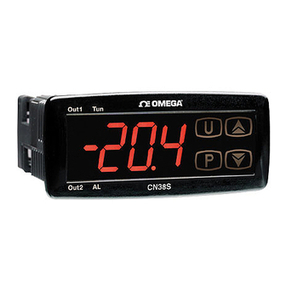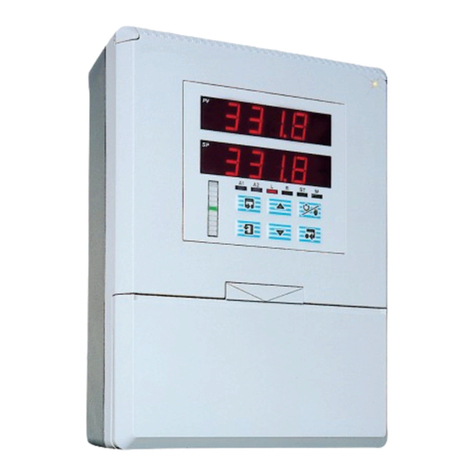LIST O IGURES:
Figure 2.1 Mounting ...............................................................................................5
Figure 2.2 Rear Panel Power and Out ut Connector Labels..............................7
Figure 2.3 Rear Panel In ut Connector Labels....................................................7
Figure 2.4 Main Power Connections.....................................................................8
Figure 2.5 Inside Cover Rear View........................................................................8
Figure 2.6 Thermocou le Wiring Hooku ............................................................9
Figure 2.7 Two/Three/Four-wire RTD
a) RTD-1000 ohm and 500 ohm Wiring Hooku ............................10
b) RTD-100 ohm Wiring Hooku .....................................................10
Figure 2.8 Process Current Wiring Hooku
(Internal and External Excitation)......................................................11
Figure 2.9 Process Voltage Wiring Hooku
a) Without Sensor Excitation ..........................................................11
b) With Sensor Excitation ................................................................11
Figure 2.10 Out ut Connections:
a) Mechanical Relay and SSR Out uts – Wiring Hook u ............12
b) Pulse and Analog Out uts – Wiring Hook u ............................12
Figure 2.11 Communication Out ut:
a) RS-232 Out ut – Wiring Hook u ...............................................12
b) RS-485 Out ut – Wiring Hook u ...............................................12
Figure 2.12 Excitation Out ut................................................................................13
Figure 2.13 Snubber Circuits Wiring Hooku ......................................................13
Figure 3.1 Flow Chart for ID and Set oints........................................................15
Figure 3.2 Flow Chart for Configuration Menu ..................................................18
Figure 3.3 Flow Chart for In ut Ty e Menu........................................................18
Figure 3.4 Flow Chart for Reading Configuration .............................................21
Figure 3.5 Flow Chart for Alarm 1 .......................................................................25
Figure 3.6 Flow Chart for Analog Out ut (Retransmission).............................29
Figure 3.7 Flow Chart for Alarm 2 .......................................................................32
Figure 3.8 Flow Chart for Loo Break Time / Field Calibration........................33
Figure 3.9 Flow Chart for Out ut 1 .....................................................................36
Figure 3.10 Flow Chart for Out ut 2 .....................................................................43
Figure 3.11 Flow Chart for Ram and Soak .........................................................46
Figure 3.12 Flow Chart for ID Code.......................................................................48
Figure 3.13 Flow Chart for Communication O tion ............................................50
Figure 3.14 Flow Chart for Dis lay Color Selection ............................................56
LIST O TABLES:
Table 2.1 Front Panel Annunciators....................................................................6
Table 2.2 Rear Panel Connector..........................................................................7
Table 2.3 TC Wire Color Chart .............................................................................9
Table 3.1 Button Function in Configuration Mode...........................................14
Table 3.2 Conversion Table................................................................................24
Table 4.1 In ut Pro erties ..................................................................................61
Table 5.1 Factory Preset Values ........................................................................62
ii
